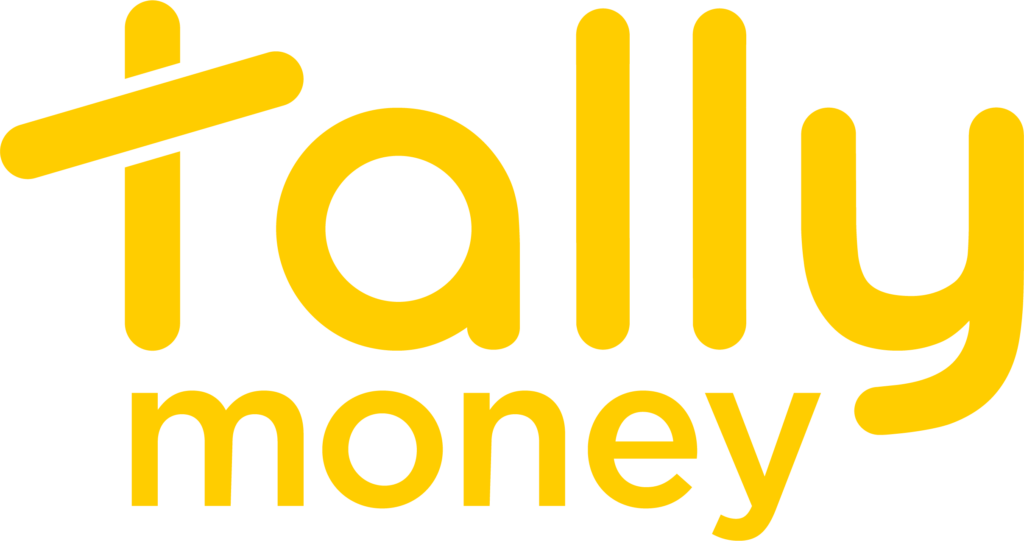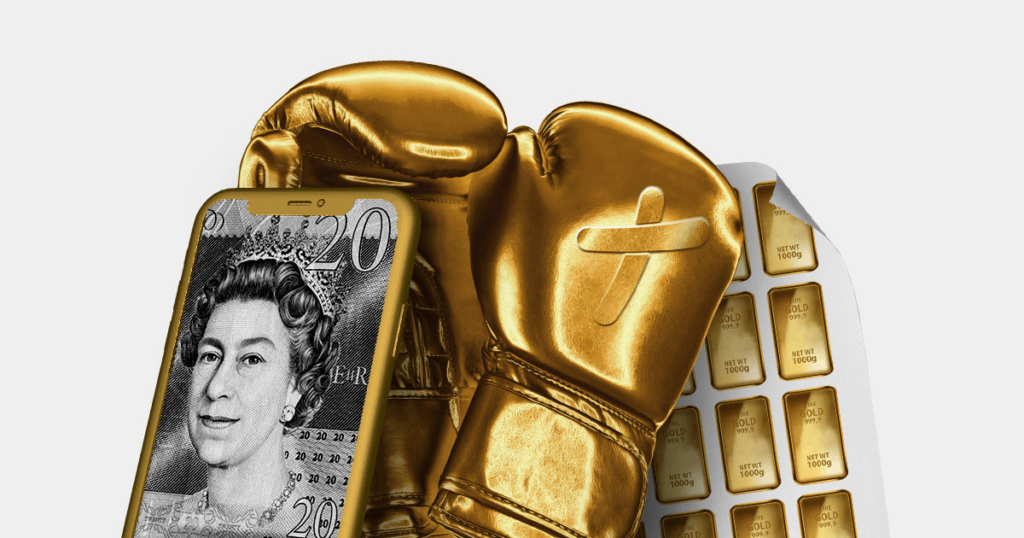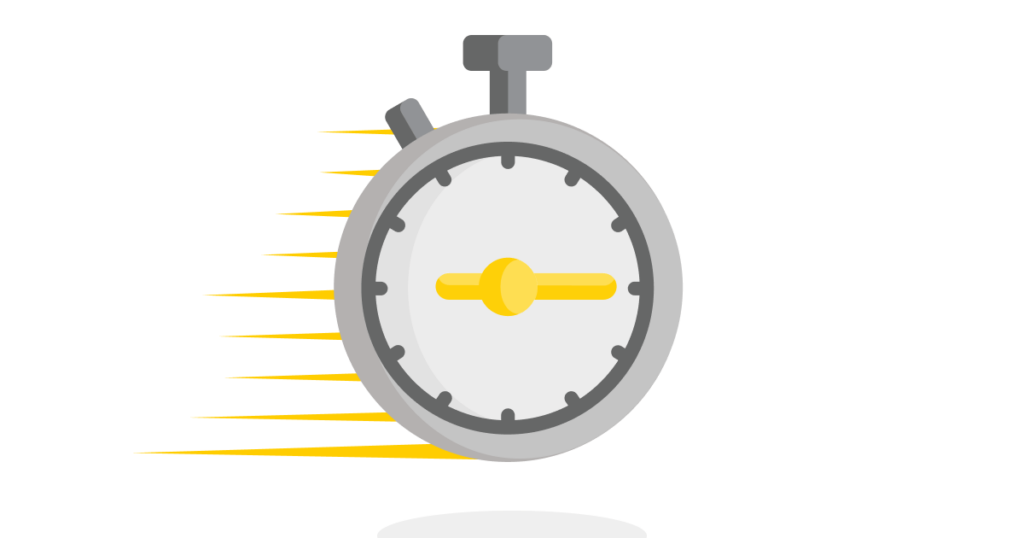On 7 August 2025 the Bank of England (BoE) cut the base rate by 0.25 percentage points to 4.0%. Mortgage holders got some relief; savers, less so. For many readers, the real question isn’t “what changed this week?”, but “what does the BoE Base Rate history tell us about the road ahead – and how should I position my savings now?” The short answer: the last few decades point to longer stretches of lower rates, and that makes interest-only savings a tough way to keep pace with prices. The good news is that there are practical ways to preserve purchasing power without giving up instant access to your money.
A quick look at BoE Base Rate history (and why it matters)
In the late 1980s, the base rate ran well into double digits; cash in the bank actually earned something after inflation. Since the 2008 crisis, the picture has changed. For long periods, the rate remained near zero, then climbed in 2023–24 before declining last week. If you plot BoE Base Rate history against inflation, cash has often lagged the cost of living over the past 15 years – especially once banks trim savings rates after a cut. The Bank’s own data series shows the step-downs clearly, with the current rate at 4.0% following the August decision.
Flagstone’s saver briefing the day of the announcement spelt out the practical impact: base rate to 4.0%, a close vote on the Monetary Policy Committee, and a likely period where providers reprice downwards – meaning savers could see best-buy rates fade.
The Guardian’s take was similar: the quarter‑point cut is a nod to growth worries, and it lands differently depending on whether you’re borrowing or stashing cash.
What the August cut changed, and didn’t
A base rate trim can filter through to savings accounts surprisingly quickly. Promotional rates disappear, fixed terms get repriced, and easy-access accounts often drift lower within weeks. That’s the “did change”. What hasn’t changed is the longer-run trend we can infer from the BoE Base Rate history: when the economy softens, rates can fall and then stick at low levels. If inflation doesn’t fall as fast as cash rates, real returns erode.
Gold’s role when rates fall: short-term bumps, long-term purpose
On the day of the cut, XAU/GBP (gold priced in pounds) initially sold off, as expected, due to market reactions as currency and rate expectations shuffled, before stabilising.
Step back from the intraday moves, and you see a different picture. This summer, broader drivers have supported bullion: policy uncertainty, tariff headlines, and ongoing central‑bank demand. U.S. gold futures hit an all‑time high on 8 August as markets digested a U.S. customs ruling about potential tariffs on bullion bars – then eased after the White House signalled clarification.
Forecasts reflect that backdrop. HSBC raised its average gold price outlook for 2025 and 2026 (updated on July 1), while JPMorgan projects an average of around $3,675/oz in Q4 2025. Those aren’t guarantees, no forecast is, but they explain why many savers see gold as a longer‑term purchasing‑power anchor when cash rates slip.
For monthly colour, the InvestingLive/Octa briefing noted July was a consolidating month for bullion, with central banks still net buyers even if consumer demand wobbles at higher price levels. That mix – steady official‑sector demand and a macro tailwind – helps explain why gold remains on so many 2025 watchlists. (
What the BoE Base Rate history suggests for savers in 2025
Put the pieces together:
- Cuts can come in clusters. The BoE Base Rate history shows episodes where the Bank reduces steadily and then holds low for a while. If we enter one of those phases, teaser savings rates may not stick.
- Inflation is the quiet spoiler. Even at 4.0%, if your easy‑access rate drifts and inflation doesn’t, your cash is doing less for you month by month.
- Gold is volatile day‑to‑day, but policy cycles tend to favour it. That’s why the short blip in XAU/GBP doesn’t contradict the medium‑term case supported by institutional forecasts.
If you are financially aware, busy, and looking for a simple way to protect savings, those three points are the signal in the noise. You don’t need to change everything. You just need a portion of your savings working in a way that isn’t tethered to this month’s best‑buy rate.
A practical, everyday way to hold – and use – physical gold
Traditional routes into gold can feel like admin: coins or bars to store, or paper products that don’t give you direct ownership. The alternative many of our readers now use is straightforward:
- Each tally® equals 1mg of physical gold you own outright, stored securely and fully insured.
- You can spend from your balance with a TallyMoney Debit Mastercard, or transfer in and out just like you would with pounds.
- No lock‑ins. No hoops when you want access.
Common questions from new gold savers
Does gold fluctuate?
Yes, day-to-day prices move. But over decades, gold’s trend has outpaced inflation and offered stability in turbulent markets.
Is TallyMoney regulated?
TallyMoney operates through regulated partners, giving you full legal ownership of the gold in your account – it’s outside the traditional banking system but within a compliant framework.
How quickly can I spend or move my gold?
Instantly. Whether using your card for everyday spending or converting back to pounds, you have complete liquidity.
History doesn’t repeat, but it rhymes
The BoE Base Rate history shows a clear arc: the high-interest era of the past is gone, replaced by cycles of low rates punctuated by brief rises. In that environment, protecting savings means thinking beyond the “best rate this month” approach.
Gold has preserved value through centuries of currency changes, and today’s gold-based accounts make it possible to combine that track record with the convenience of modern banking.
The August 2025 cut isn’t a crisis for savers, but it is a prompt to reassess where your money is working hardest and whether some of it could be working outside the rate-cut cycle entirely.








